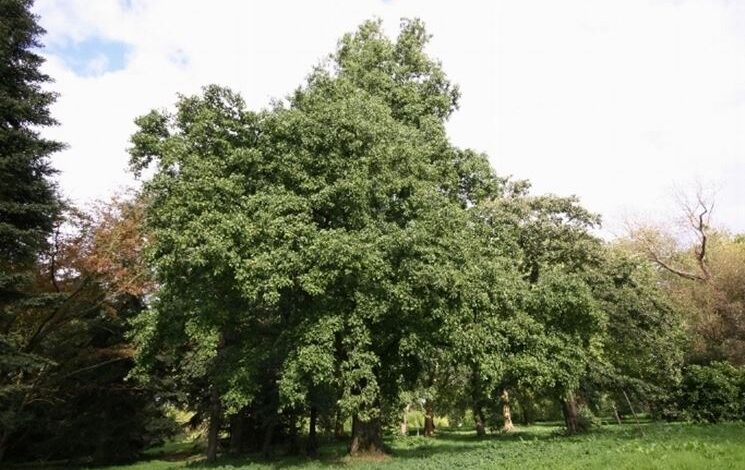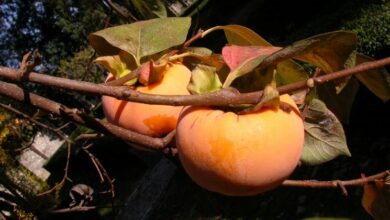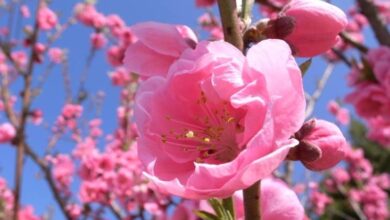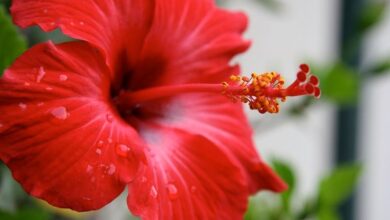Neapolitan alder

Generality

The Neapolitan Alder is widespread throughout Italy including islands from 0 to 1500 meters above sea level with the exclusion of Valle d’Aosta, Piedmont, Lombardy, Trentino Alto Adige and Puglia. It is a typical species of the phytoclimatic area of Lauretum and Castanetum, and has been used in the reforestation of the Fagetum area. Typical of mountain forests with beech, chestnut or oak, poplar, willow or ash groves. Very adaptable in terms of soil, so much so that it is considered a pioneer species, it prefers the proximity of water and heavy, clayey soils. In fact, it requires a certain humidity, since the annual rainfall cannot fall below 800-900 mm, but it can resist well the not too long periods of drought. The average temperature of the coldest month must not be below -2 ° C.
Plant and cultivation techniques
The propagation of the Neapolitan Alder occurs through seed just covered with soil immediately after harvesting. Sowing in spring is successful even without covering the seeds at all. Repotting should be carried out as soon as possible, and subsequently as soon as the seedlings reach the suitable size they can be planted, during the following summer or during the spring after spending the winter outdoors. Alternatively, you can proceed by woody cutting in autumn, on sandy soil and outdoors, immediately after the leaves have fallen. The management of the plant can be in high forest or coppice. It grows rapidly since at 30 it can have a trunk of 35 cm in diameter and exceed 12 m in height in 20 years. The Neapolitan Alder can be used for reforestation in areas that are not very fertile, hilly or mountainous, on exposed slopes and to consolidate landslides. Since the atmospheric nitrogen used by the Alder is only partially fixed inside the nodules of its root system, the surrounding plants can benefit from greater soil fertility, further increased each year by the decomposition of the leaves of the Alder after their abscission in the fall. Since it tolerates brackish winds very well, it can also be grown in seaside locations. Suitable for medium-large gardens, on the bottom of English borders or as an isolated specimen surrounded by lawn. Beautiful if flanked by evergreen shrubs, or salix with bright winter colors and / or branch cornus, or surrounded by particularly early and autumnal spring bulbous plants that enhance the appearance of the plant at the end of winter and at the beginning of autumn. It can act as a living guardian for climbing roses or clematis, for example a viticella in variety (among the many we remember «Little Nell» with pink and white flowers «Emilia Plater» with purple flowers, or the «Purpurea plena elegans» with purple flowers and very eye-catching doubles). If you are lucky enough to be able to place it next to a pond or a small pond (but a fountain can also be fine) it will witness a particularly fast growth. or the «Purpurea plena elegans» with very showy purple and double flowers). If you are lucky enough to be able to place it next to a pond or a small pond (but a fountain can also be fine) it will witness a particularly fast growth. or the «Purpurea plena elegans» with very showy purple and double flowers). If you are lucky enough to be able to place it next to a pond or a small pond (but a fountain can also be fine) it will witness a particularly fast growth.
Parasites and diseases
Among the typical parasites of the species we remember the chrysomelid beetle Agelastica alni, a defoliator that leaves only the leaf veins intact. The Neapolitan Alder is also sensitive to necrosis caused by bacteria that attack the wood in correspondence with the lenticels which by reaction emit a brown liquid.




